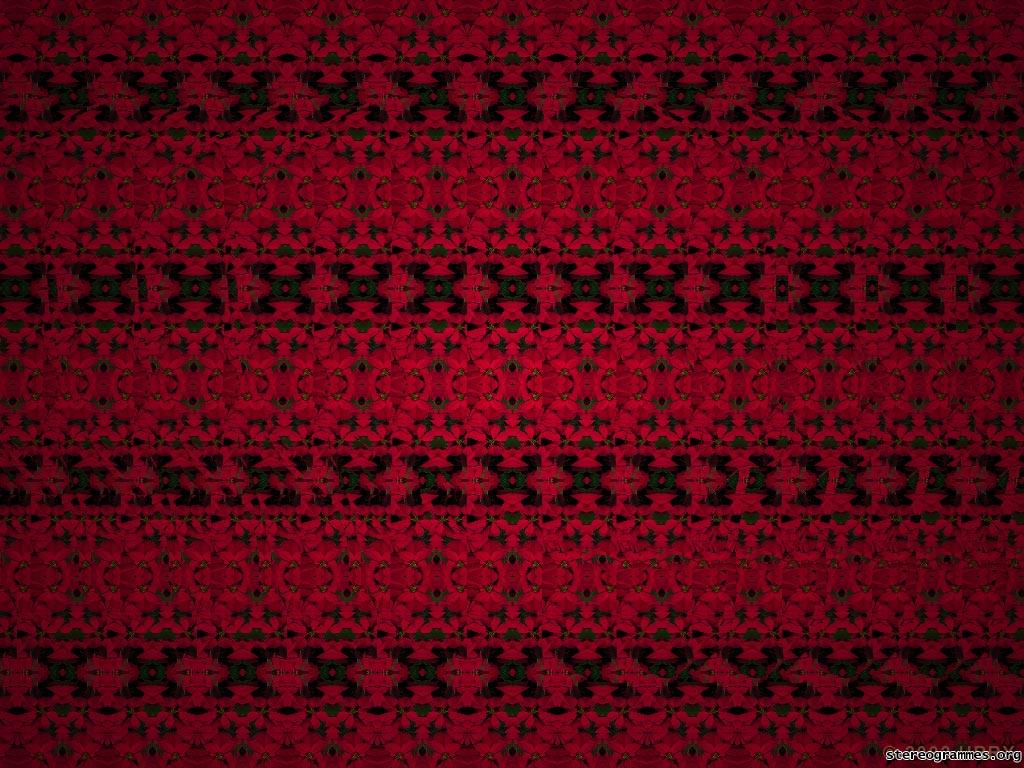Magic-eye Autostereograms Images
Cat: Cool Pictures, Randomness
An autostereogram is a single-image stereogram (SIS), designed to create the visual illusion of a three-dimensional (3D) scene from a two-dimensional image in the human brain. In order to perceive 3D shapes in these autostereograms, the brain must overcome the normally automatic coordination between focusing and vergence.
The simplest type of autostereogram consists of horizontally repeating patterns and is known as a wallpaper autostereogram. When viewed with proper vergence, the repeating patterns appear to float above or below the background. The Magic Eye books feature another type of autostereogram called a random dot autostereogram. One such autostereogram is illustrated above right. In this type of autostereogram, every pixel in the image is computed from a pattern strip and a depth map. Usually, a hidden 3D scene emerges when the image is viewed with the correct vergence.
Autostereograms are similar to normal stereograms except they are viewed without a stereoscope. A stereoscope presents 2D images of the same object from slightly different angles to the left eye and the right eye, allowing the brain to reconstruct the original object via binocular disparity. With an autostereogram, the brain receives repeating 2D patterns from both eyes, but fails to correctly match them. It pairs two adjacent patterns into a virtual object based on wrong parallax angles, thus placing the virtual object at a depth different from that of the autostereogram image.
and more magic eye images are at our sister siteFunnyKat.com site
